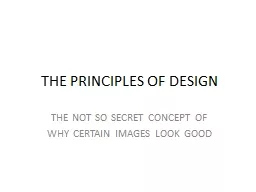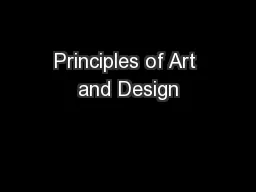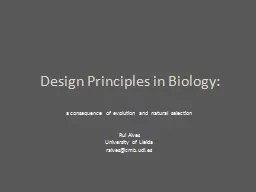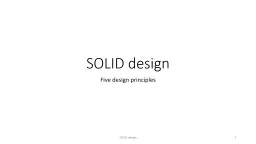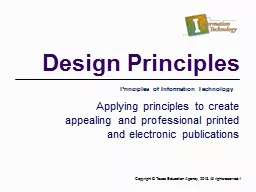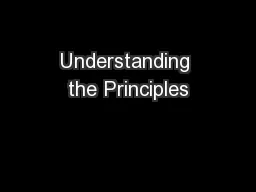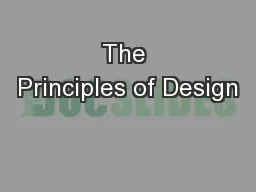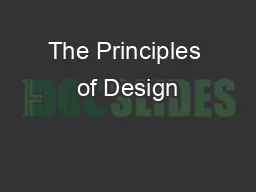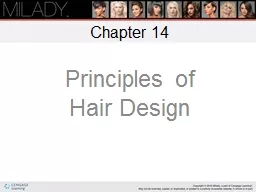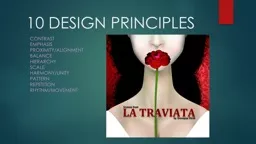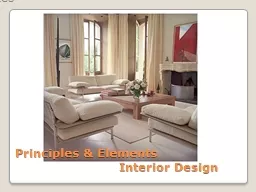PPT-THE PRINCIPLES OF DESIGN
Author : lois-ondreau | Published Date : 2018-02-27
THE NOT SO SECRET CONCEPT OF WHY CERTAIN IMAGES LOOK GOOD BALANCE SYMMETRICAL amp ASYMMETRICAL As you walk a sense of balance keeps you from falling over In a
Presentation Embed Code
Download Presentation
Download Presentation The PPT/PDF document "THE PRINCIPLES OF DESIGN" is the property of its rightful owner. Permission is granted to download and print the materials on this website for personal, non-commercial use only, and to display it on your personal computer provided you do not modify the materials and that you retain all copyright notices contained in the materials. By downloading content from our website, you accept the terms of this agreement.
THE PRINCIPLES OF DESIGN: Transcript
Download Rules Of Document
"THE PRINCIPLES OF DESIGN"The content belongs to its owner. You may download and print it for personal use, without modification, and keep all copyright notices. By downloading, you agree to these terms.
Related Documents

